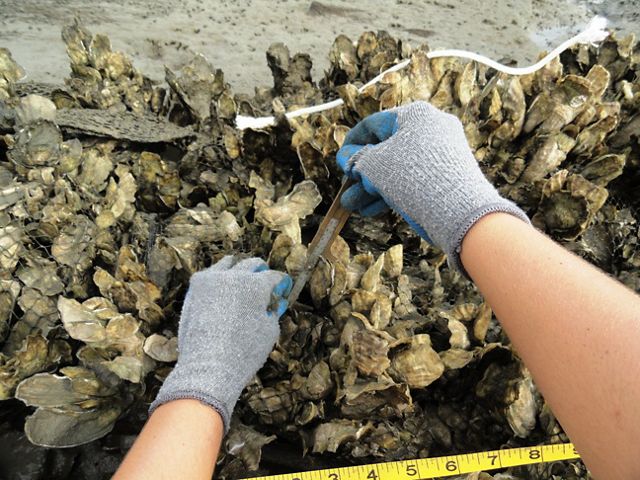Rocky Neck State Park
A $4 million grant boosts an effort to restore the Bride Brook estuary and coast marsh at Rocky Neck State Park.
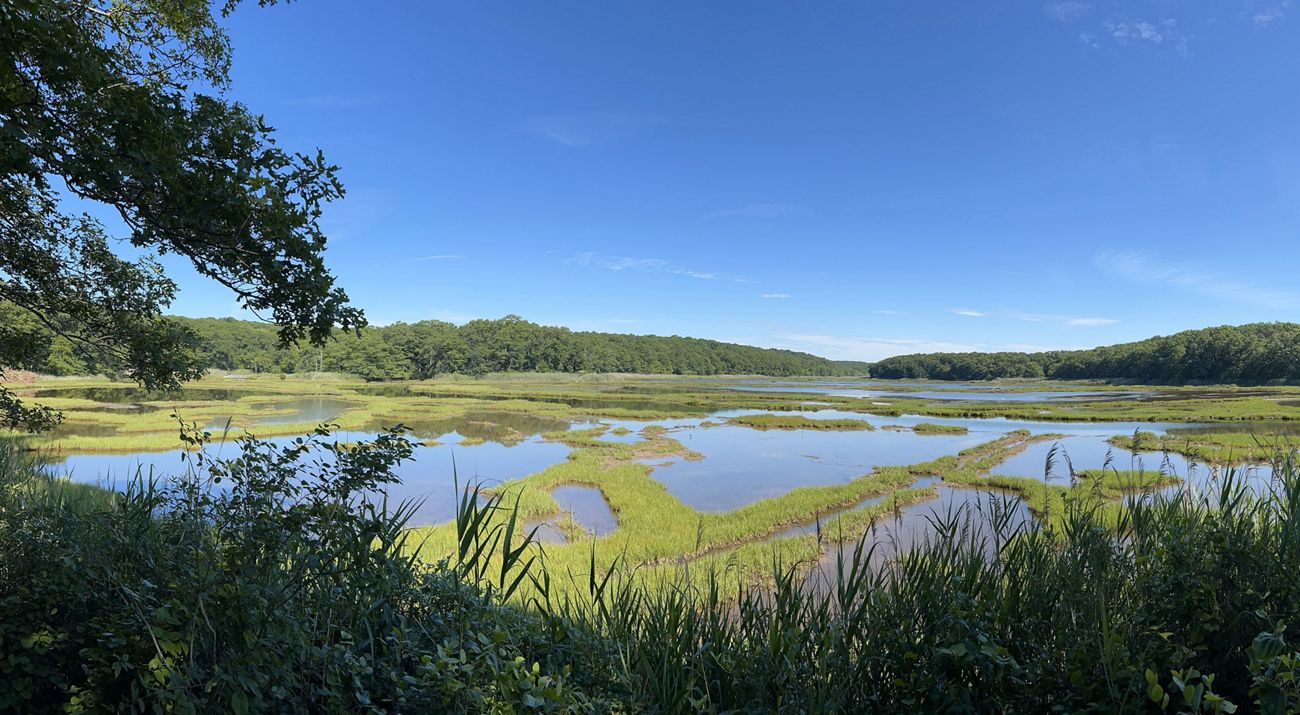
Thanks to a $4 million grant awarded by the National Oceanic and Atmospheric Administration’s (NOAA) Transformational Habitat Restoration and Coastal Resilience Grant Program, The Nature Conservancy is moving forward with restoring the Bride Brook estuary and coast marsh at Rocky Neck State Park in Connecticut. Rocky Neck State Park is home to the Bride Brook tidal creek, which flows into Long Island Sound.

- Switch to:
- About Rocky Neck
- Project Updates
- Partners
- Our Team
- In The News
Living History
Rocky Neck is a coastal area that boasts a tidal marsh, the largest alewife population in Connecticut, a popular beach and boardwalk, a campground and pavilion, wooded trails and an extremely popular fishing site. It has a long and interesting history—learn all about Rocky Neck and why it’s so important to our state in this story map. It’s also known for its position alongside an Amtrak route to the delight of many children who enjoy seeing trains pass during beach visits. The railway bridge was constructed in 1851 and Rocky Neck was established as a state park in 1931.
Unfortunately, the 82 acres of marsh at Rocky Neck have long faced challenges. Specifically, bridges and other infrastructure along Bride Brook are contributing to a lack of full connectivity between the marsh and Long Island Sound. This alters the natural flow of water and disrupts how sediment moves through the system, leading to marsh degradation.
Restoring the Bride Brook estuary and the marsh at Rocky Neck has consistently been among the highest priorities in the state. It has attracted the involvement of numerous groups for decades, including beach enhancements and a critical culvert upgrade in 2009 that improved fish passage for alewife.
This project will further study the issue, as well as determine and design solutions.

Improving marsh conditions and restoring connections between Bride Brook and Long Island Sound would strengthen the ecosystem and support species migration, including for fish. The results of this work will result in a natural shield for the coastline that buffers the effects of extreme weather events, floodwaters and rising seas.
Additionally, alterations to the existing infrastructure will improve public access to and from the beach while enhancing recreational and educational opportunities. From an ecomonic perspective, the Federal Emergency Management Agency estimates that tidal marsh habitats provide nearly $10,510 per acre per year in “ecosystem services” that include protective benefits. As a result, a fully functioning system at Rocky Neck State Park could potentially provide around $860,000 per year in benefits to wildlife, visitors and neighboring communities.
Quote: Jessica Cañizares
The marsh might seem healthy if you aren’t sure what to look for. However, we see a lot of expanding open pools of water and mud, and there is a loss of vegetation. What we should see is the main creek channel of Bride Brook, bordered by a solid marsh platform, looking like a grassy meadow.
Jessica Cañizares
TNC's coastal restoration project manager in ConnecticutProject Updates
Check here regularly to learn about progress on our work at Rocky Neck State Park.
Email Liaison Application or Apply Online:
Fill out this Microsoft Form to applyOR send cover letter/resume to rockyneckproject@tnc.org.
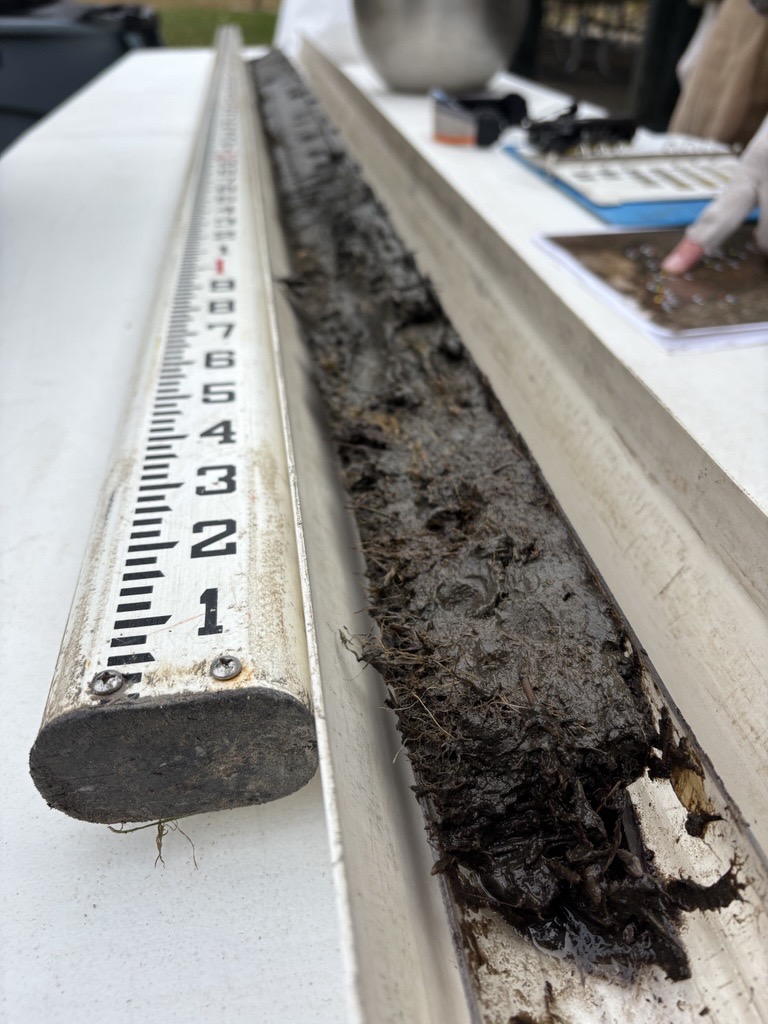
Layers Tell the Story of a Marsh—November 10, 2025
Our team recently headed out to Rocky Neck for a deep dive on...soil! The mission? Collect sediment samples from the marsh to better understand soil strength and grain size—critical data for restoring tidal connectivity and building healthy salt marshes.
Why does this matter? Salt marsh restoration isn’t just about moving soil; it’s about precision. Every detail—from grain size to soil composition—affects how a marsh responds to restoration efforts. Will added soil compress or hold firm? How do peat, sand and clay interact under tidal conditions? These questions guide decisions that ensure long-term resilience.
Working alongside experts from The Woods Hole Group, we processed sediment cores to assess structural integrity and physical properties. This science-driven approach helps us restore tidal rivers and marshes with confidence, collaboration and care.
Healthy marshes mean stronger ecosystems—and that starts with understanding the ground beneath our feet.

Your Park, Your Voice: Help Shape Rocky Neck’s Future — November 5, 2025
Join TNC in CT and partners for a virtual community meeting all about Rocky Neck State Park on Wednesday, Nov. 5 from 5–6:30 PM! Share input on your visitor experience at this prized state parks, and how we can all support nature at Rocky Neck.
This program is appropriate for all ages and abilities, for as long or as little time your schedule allows, as you share your ideas for the park’s future!
RSVP and get event details here.

Your Park, Your Voice: Help Shape Rocky Neck’s Future — October 16, 2025
Join TNC in CT and partners for a community meeting about Rocky Neck State Park on Thursday, Oct. 16 from 12–1:30 PM! Share your thoughts on your visitor experience, connect with others who love the park and learn how we can all support nature at Rocky Neck. Help shape the future of this special shoreline destination.
RSVP and get event details here.
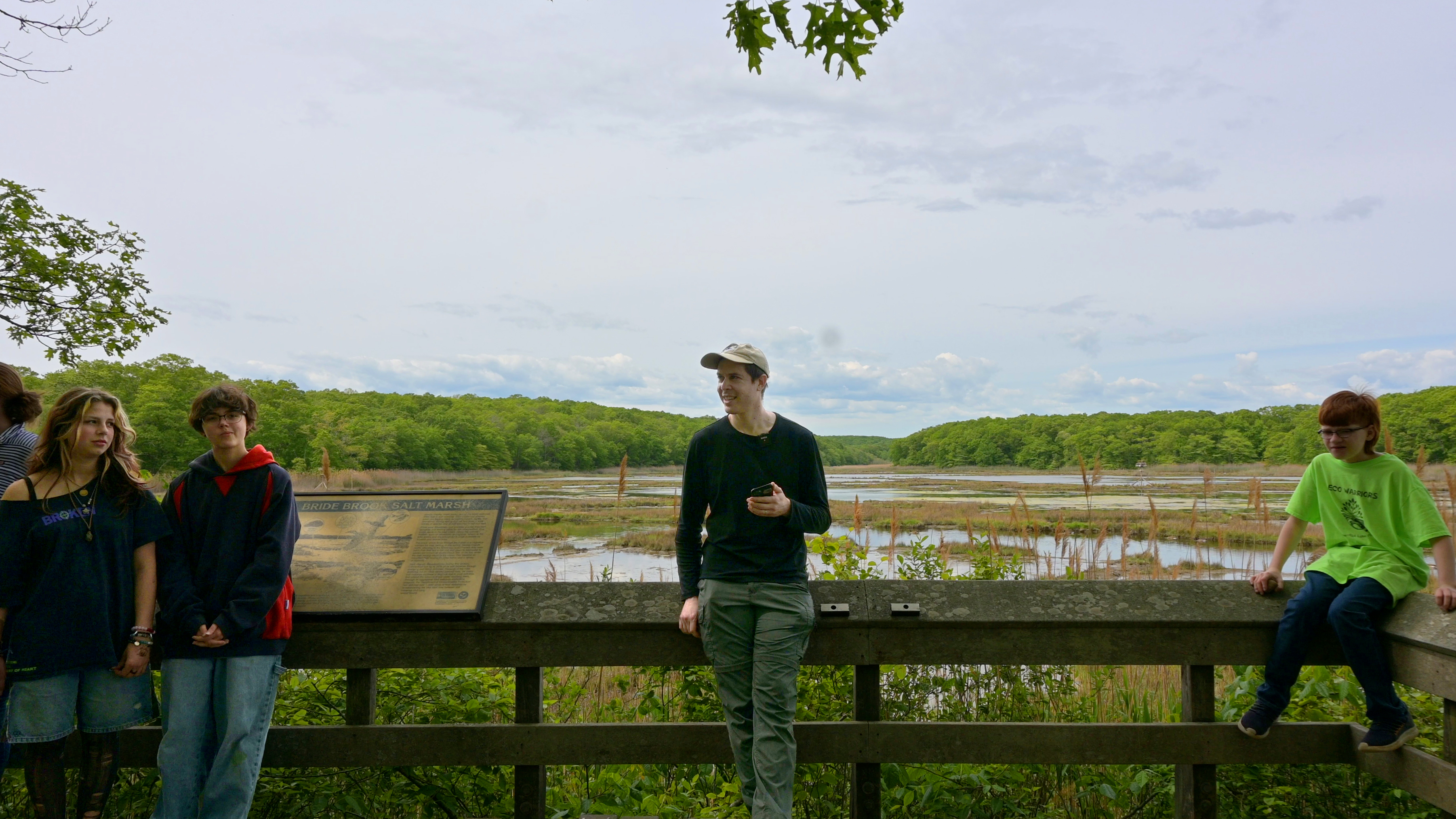
Eco Warriors March Through The Marsh — May 27, 2025
On a beautiful Tuesday afternoon, Coastal Restoration Planning Project Manager Eli Terris guided the next generation of conservationists on a tour of Rocky Neck State Park. He explained the goal of the Bride Brook Estuary project and answered questions from the Lyme-Old Lyme Middle School "Eco Warriors." They spotted birds in the marsh like the white egret and marine life like blue crabs. What a great way to end the school year!
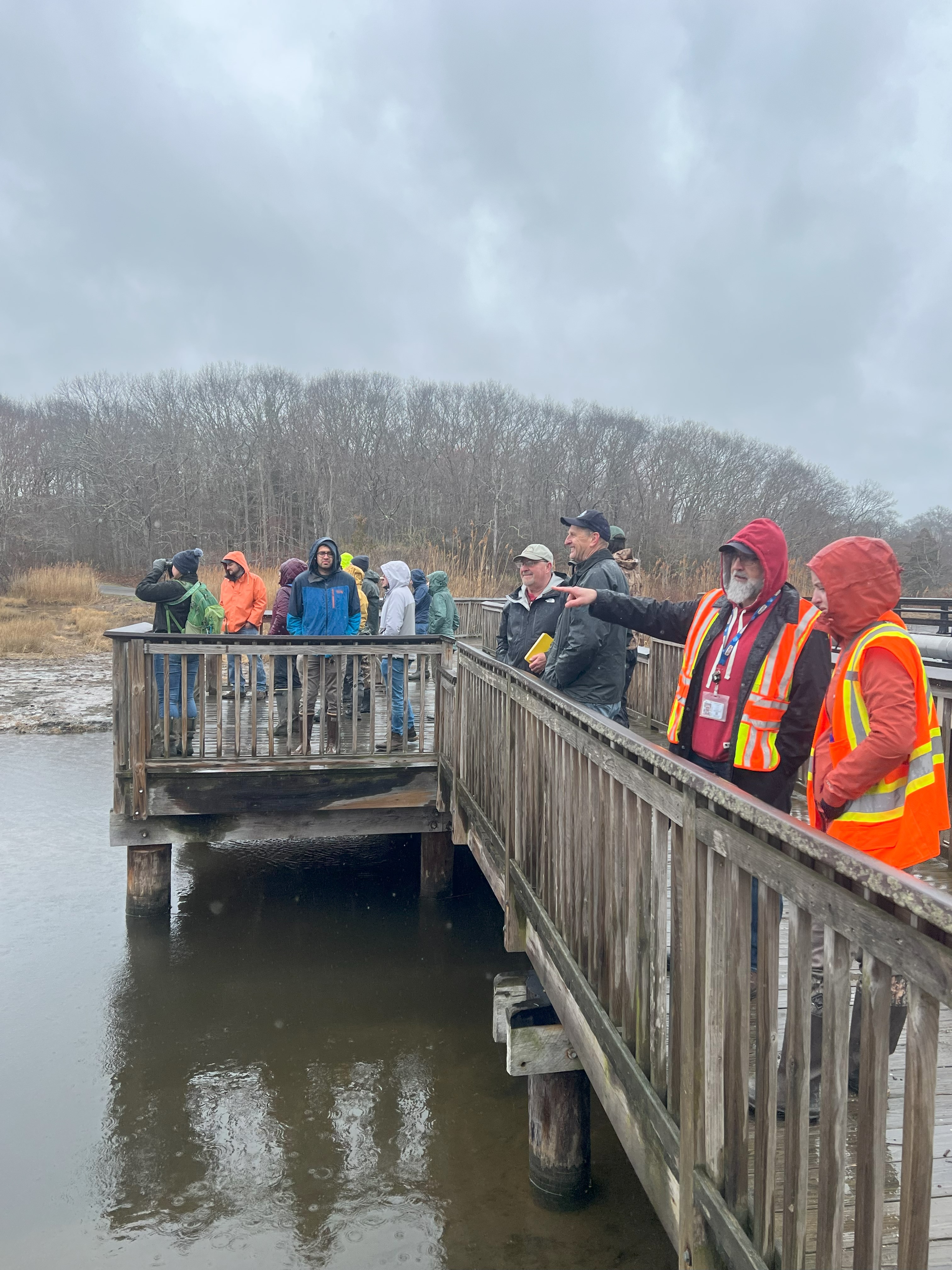
Rocky Neck State Park Project Site Visit
During the state park visit partners of the Rocky Neck State Park Project gather to assess progress on the Bride Brook Estuary Transformation. The group evaluates the marsh at Rocky Neck State Park during a rainy day site visit, highlighting ongoing collaboration to restore and protect this vital coastal habitat.
Partnership In Action
Conserving coastal marsh habitat for wildlife also builds resilience to rising seas and increasingly frequent storm events. Achieving this requires looking at the marsh ecosystem as a whole—beyond the boundaries of Rocky Neck State Park. That is why TNC is collaborating with partners on the Bride Brook Estuary Transformation Project to advance these benefits within the area and beyond.
Other partners:
Town of East Lyme, Southeastern Connecticut, Council of Governments (SECOG), Connecticut Waterfowl Association, Save the Rivers, Save the Hills, The Maritime Aquarium Audubon CT, CT Audubon









Meet Our Rocky Neck State Park Team
The Rocky Neck project team can be reached at rockyneckproject@tnc.org.
Eli Terris, TNC's Restoration Planning Project Manager in Connecticut
Eli serves as the project manager and community engagement lead for the salt marsh restoration project at Rocky Neck State Park. A fervent plant enthusiast, Eli is a licensed arborist, master woodland manager, and invasive plant management expert. Prior to working within Connecticut's ecosystems, Eli spent four years with the Peace Corps in West Africa.
Jessica Cañizares, TNC's Director of Coastal Ecosystem Projects in Connecticut
Jessica supports project management and leads the project’s recreational study effort. She oversees Connecticut coastal conservation and restoration activities, and manages cross-boundary work and relationships focusing on interconnected ecosystems and issues. Jessica has extensive experience coordinating with governments, community members, and NGOs to support biodiversity conservation and restoration in 15+ countries.
Timothy Clark, TNC's Resilient Southeastern Connecticut Program Director in Connecticut
Tim manages the project's consultants and oversees the development of project alternatives and designs. He brings extensive experience as a landscape architect in project design and management, with a focus on implementing coastal habitat restoration and resilience enhancement projects in complex regulatory and cultural environments.
Making Headlines
Media outlets across the state are sharing about The Nature Conservancy's efforts at Rocky Neck State Park.
- Marshes Matter. WSHU, April 25, 2025
- Work begins to save Connecticut's Rocky Neck State Park's marshlands and its wildlife. Hearst CT Insider, April 24, 2025
- Nature Conservancy Secures $4M Grant for Estuary, Marshland Restoration Planning at Rocky Neck State Park in East Lyme. LymeLine.com, December 28, 2024
- Disappearing CT marsh receives $4M grant from NOAA. CT Public Radio, December 12, 2024
- Marshland surrounding a beloved CT state park is drowning. It’s one of ‘most imperiled’ in the state. Hartford Courant, December 4, 2024
- Rocky Neck Park gets $4 million grant to study dying marsh. CT Insider, December 4, 2024
- Rocky Neck State Park gets $4M NOAA grant for marsh restoration. WTNH/News 8, December 4, 2024
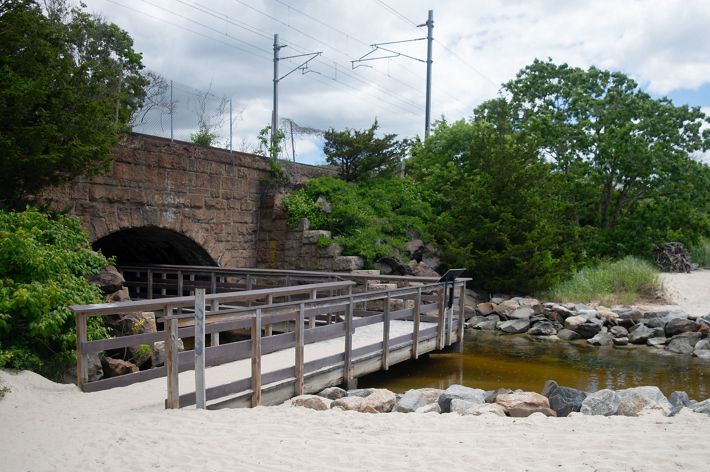
Thanks to your support, The Nature Conservancy protects critical lands and waters in Connecticut.
More Connecticut Stories
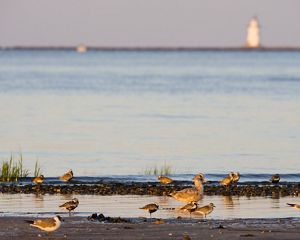
Long Island Sound Program
The Nature Conservancy works across three states to protect and restore the Long Island Sound for people and nature.
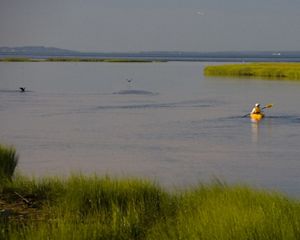
TNC in CT Blog
Get highlights about The Nature Conservancy's conservation wins in Connecticut.
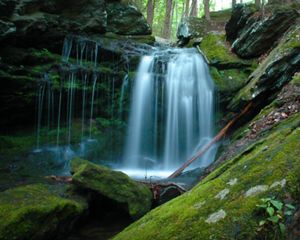
Connecticut Places We Protect
Learn about the places that The Nature Conservancy protects in Connecticut.
